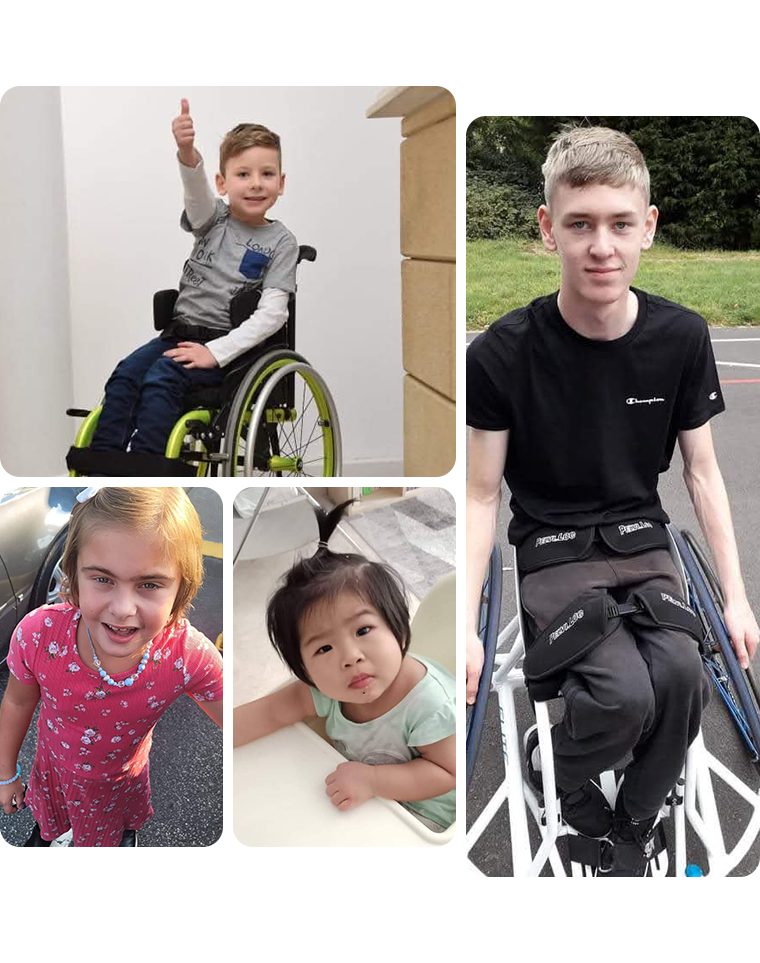Hereditary Spastic Paraplegia Type 56 (SPG56) is a rare, autosomal recessive disease caused by a mutation in the CYP2U1 gene on chromosome 4q25. Research on SPG56 is currently very limited, but here are the genetic details we do know about SPG56 according to international research publications to date.
- The worldwide prevalence of SPG56 is <1/1,000,000, which means that less than 1 in 1M people have it around the world. Also, current research shows that it usually presents at birth or during early childhood, so these affected people are mostly children.
- It is autosomal recessive, which means that both parents must have had a dysfunctional copy of the gene for the child to have the disease.
- The CYP2U1 gene produces the protein CYP2U1, which is important in signaling pathways in the body. Signaling pathways are what control basic cell functions. So a mutation in the CYP2U1 gene that renders it dysfunctional will also affect the signaling pathways that keep the cells functioning properly. This is how the CYP2U1 mutation may cause the symptoms associated with SPG56. (Dysfunctional CYP2U1 gene ⟶ dysfunctional CYP2U1 protein ⟶ affected signaling pathways ⟶ cells don’t function properly ⟶ SPG56 symptoms)
- The CYP2U1 gene can be found on chromosome 4q25. This means that it is somewhere on the bigger arm (shown in darker pink in example figure of a chromosome) of Chromosome #4.



SPG56 onset occurs in children usually between ages 1 and 2, causing degeneration of the neurons: the nerve cells in the brain. Impairments in the nerve cells cause spasticity and weakness in the legs, arms, and elsewhere in the body. Commonly, children with SPG56 lose the ability to sit, stand, walk or talk. This is what has happened to our Tallulah Moon. Tragically, the disease is progressive: it gets worse with time.
As degeneration progresses, we face the dark truth that this debilitating condition increases symptomatically, and could take away Tallulah’s ability to swallow, cause dementia, cause her to develop seizures, and worsen the spasticity in her body that debilitates her today. Tragically, she could lose her cognitive abilities – the essence of her joy, determination and her hope for a life with independence.
We are racing the clock to find a cure for SPG56. Nobody knows the speed of this disease progression in our little girl, but we know we need to find a treatment before the disease consumes the hope.
- Every 3 weeks in Australia a child is born with an SPG mutation
- Approximately 6-8% of Australians are affected by a rare disease
- 80% of rare diseases are genetic, with the majority affecting children
- The diagnosis of a rare disease is often delayed or never found because of their individual small numbers and complex nature
